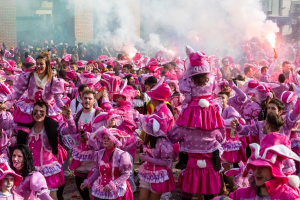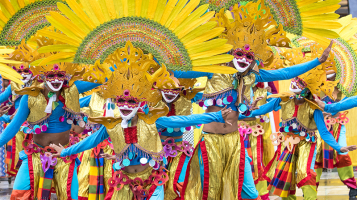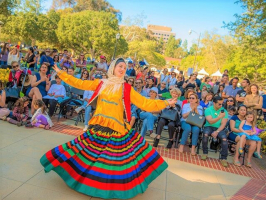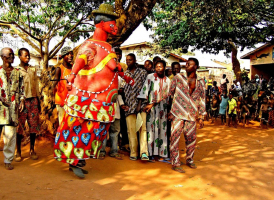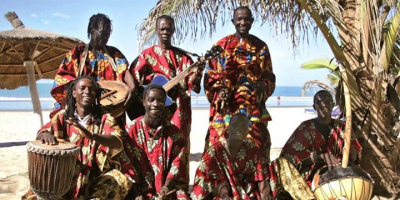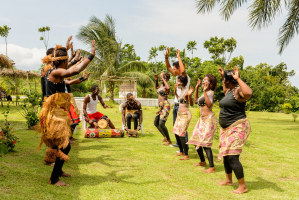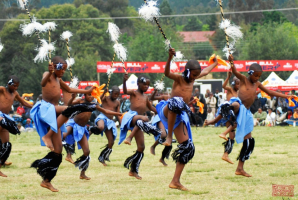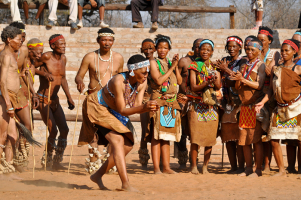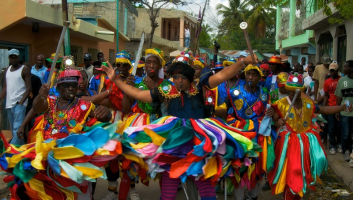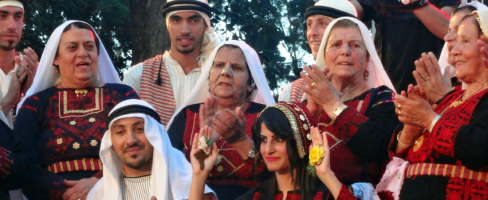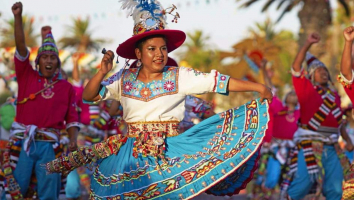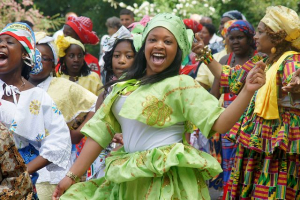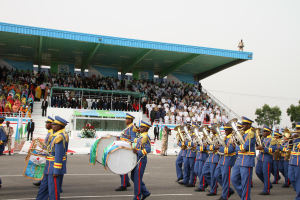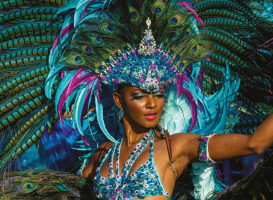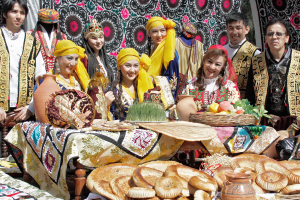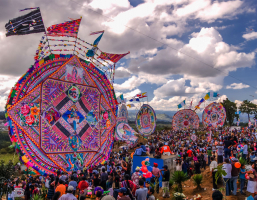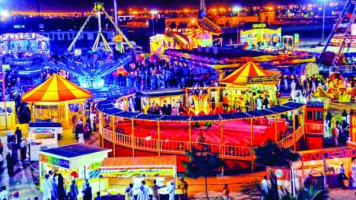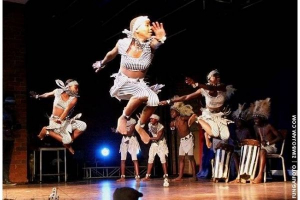Top 6 Most Famous Festivals In Senegal
Senegal is a country on West Africa's Atlantic coast that is one of the continent's leading torchbearers for presenting cultural events. Several well-known ... read more...African customs may be found throughout the nation. Every year, the nation has several celebrations that attract visitors from both within and beyond the country. The following are some of the most well-known Senegalese festivals to be aware of.
-
The Abéné Festival is one of the most famous festivals in Senegal, with ten days of drumming in the Casamance area. This is a must-see hamlet event that takes place every December. It begins at the end of December and continues till the New Year.
Djembe and drum musicians perform rhythmic sounds while others dance around throughout the event. Every night, there are also classic wrestling matches. It highlights music, dance, and theater and draws some of the region's best performers, as well as many more from around West Africa and Europe. Musicians and dancers from all over the globe come to Abene to learn all year. During festival season, though, the celebration really heats up. Please join us in this cheerful celebration of the greatest in African art, which attracts frequent visitors from all around Europe.
The organizing committee's goal is to build a cultural space in Casamance, not only by attracting internationally renowned bands, but also by promoting local bands. The event also includes performances by groups from other nations whose music is influenced by African culture. As a result, the committee actively contributes to the socio-cultural and economic development of South Senegal.
Takes place: December 26th - January 2nd
Video: Vento Maestrale 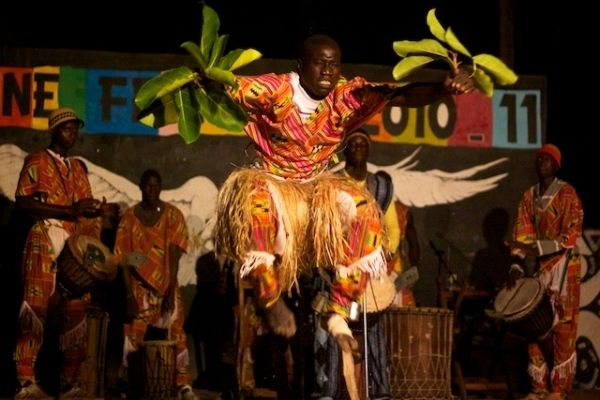
Photo: guesthousediabatalo.com -
Senegal celebrates its independence day on April 4th, also known as Independance Day or National Day, which honors the country's battle for independence. As part of the short-lived Federation of Mali, the area gained independence from France on this day. For two weeks, schools are closed, and most Senegalese spend the holiday visiting family and friends. During Senegal's greatest Independence Day parades, drill teams and color guards from the military and police forces march along Dakar's streets.
On Independence Day, the people of Senegal celebrate with fireworks, parades, dancing, and great food. Because Independence Day is a public holiday, many Sengalese prefer to spend the day at home with their families. Senegalese people commemorate this national occasion with great grandeur. Citizens enjoy dancing and listening to Senegalese mbalax music on Independence Day. Popular Sengalese foods, such as thieboudienne, are also popular.
Military parades and festivals are usually held in conjunction to hoisting the flag. Senegalese people also go to great lengths to adorn with lights and the Senegalese flag. Many people like singing or listening to Pincez Tous vos Koras, Frappez les Balafons, the Senegalese national song. This translates to "The Red Lion" in English.
Takes place: April 4th
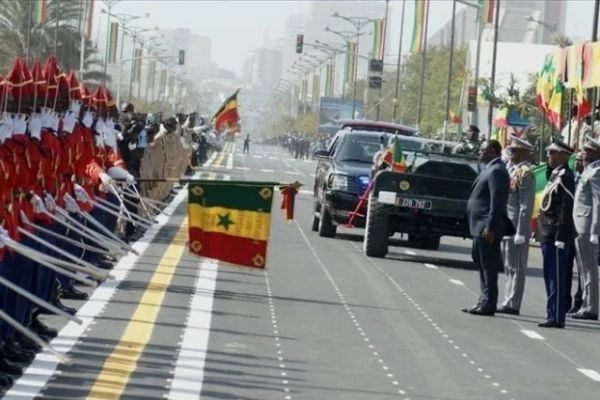
Photo: ze-africanews.com 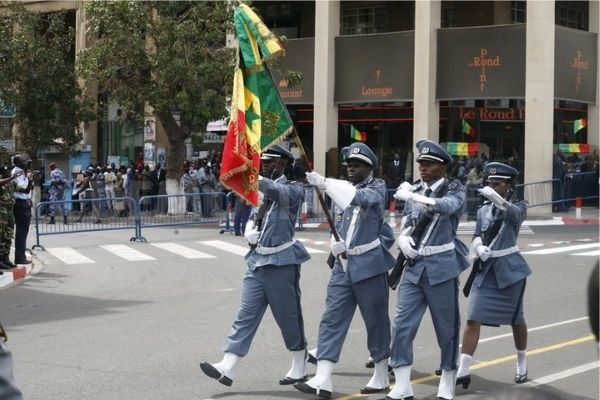
Photo: www.fpri.org -
It doesn't get much better than Le Fanal (the lantern) in Saint Louis for a Carnival-like celebration in Africa. This vibrant event dates back to the 18th century and is based on a ceremony that some of the city's wealthier families used to perform.
The Fanal is a centuries-old custom that has undergone different historical alterations, and the current festival is a revival designed to boost Saint Louis' tourism potential. The Fanal is one of the most famous festivals in Senegal that reflects on Senegal's past and commemorates its history. The Fanal does not stop at presenting a tale that may be perceived as a Senegalese history; it also relives the past in the present, as if to bring the past into the present.
This traditional light procession, held at night between Christmas and New Year's Eve, has its origins in the signares' lantern-lit marches to midnight Mass. It now serves as a reminder of Saint-Louisian heritage and the town's distinct character. People dress up in extravagant costumes and adorn massive lanterns that float through the city's colonial streets during the celebration.
Takes place: the last week of December
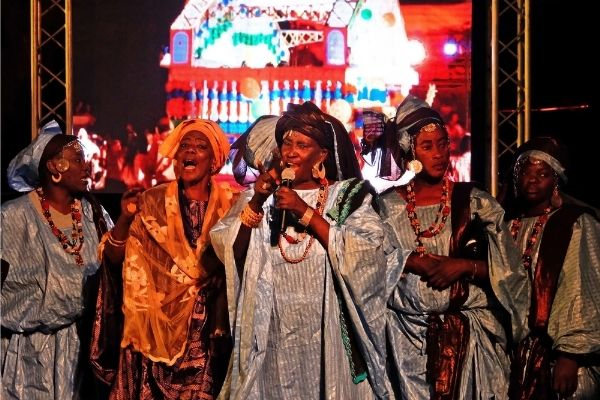
Photo: www.okayafrica.com 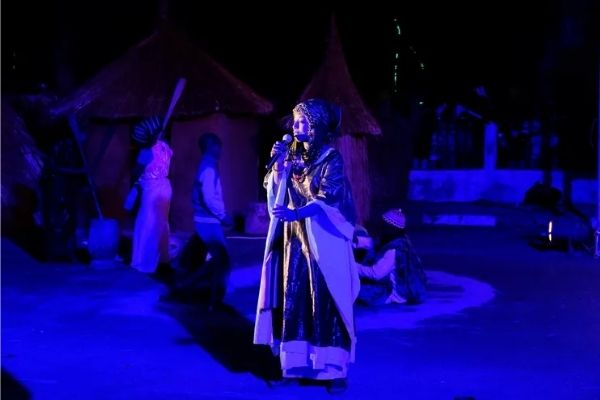
Photo: www.okayafrica.com -
The "Saint-Louis Jazz Festival," Africa's largest jazz festival and one of the most famous festivals, is hosted in Senegal. For the first time in its 29-year history, COVID-19 put an end to Saint Louis' jazz festival last year. It was back this year, giving much-needed energy to the UNESCO World Heritage Site of Saint Louis, which is known for its colonial architecture and pastel-colored buildings. African rhythms, funk, gospel, and blues could be heard late into the night in the tiny alleyways, coming from restaurants, pubs, and hotels.
However, a reduction in tourism and an economic downturn have left citizens anxious for a boost that only the city's major annual event can offer. It draws spectators from all across West Africa and Europe and gives the city's street entertainers a sense of pride. The Saint Louis Jazz Festival, which began in 1993, is now one of the most major international jazz festivals.
The jazz crossroads, showcasing the city's history to the rest of the country and the world while welcoming jazz fans of all generations. Last weekend, African rhythms, funk, gospel, and blues could be heard flowing from restaurants, pubs, and hotels into the early morning.
Takes place: May 31st - June 7th
Video: Reuters 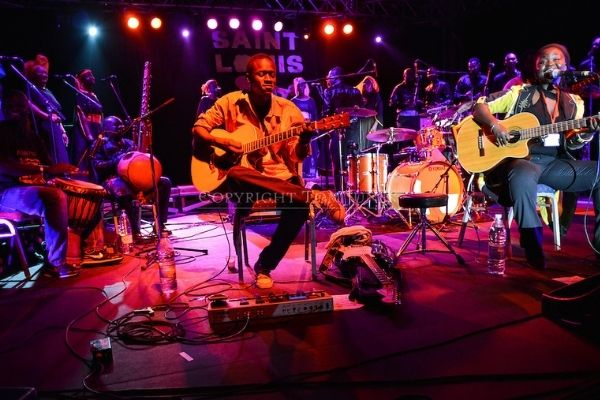
Photo: www.tomjunek.com -
The Dakar Biennale is a prominent contemporary art exhibition held in Dakar, Senegal, every two years. The Biennale is a vibrant and colorful festival held every two years in Dakar.
Everyone in Dakar, Senegal, from taxi drivers to artists, repeats the phrase "C'est pas grave." To put it another way, relax. Things happen here in their own chaotic, unplanned way. This contains the most recent edition of Dak'Art, Africa's oldest, largest, and probably most adored biennial of the arts.
The Dak'Art festival is one of Africa's oldest and most prestigious biennial art events. A visit to the UNESCO historical site of Goree Island's Slave House, Black Civilization Museum, Touba, Pink Lake, and University is included in this VIP tour to the Dakar Biennale.
Since 1996, Dak'Art has focused on Contemporary African Art. It lasts for a month and features roughly 200 shows in a huge Dakar industrial area. Additional artwork is on show at the nearby art galleries and hotels for visitors. Contemporary artists from all across Africa attend the festival, where they may exhibit their work in galleries, including paintings, sculptures, performances, and other forms of art.
Date: May 19th - June 21st
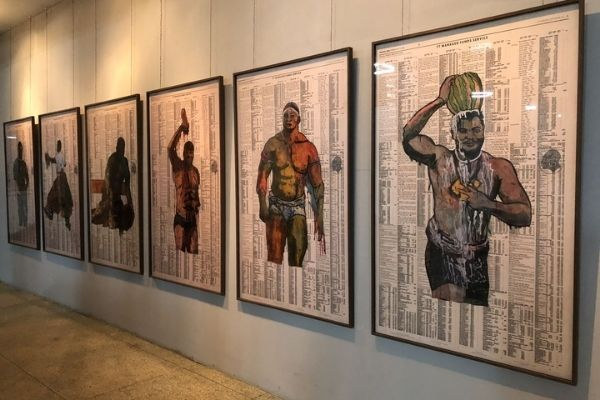
Photo: www.designpataki.com 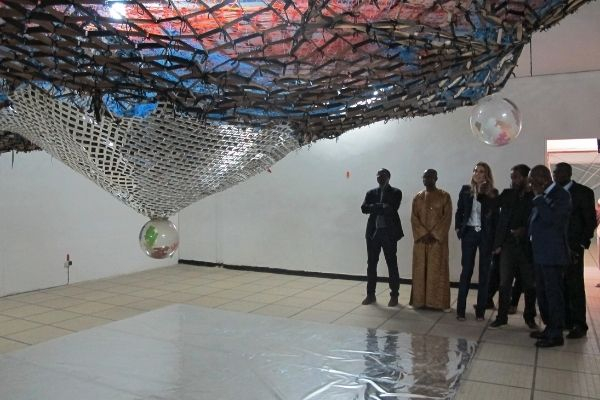
Photo: m.washingtontimes.com -
Senegal is a country with a diversified population that gets along well and has a rich cultural heritage. There is incredible variation in each location.
On Friday, the Dakar Carnival, the second edition of Dakar's Grand Carnival, began in the Place de la Nation. It is also one of most famous festivals in Senegal This carnival will benefit Senegalese culture. It enables artists to meet, get to know one another, and share ideas. It is something that should be pursued further. On the occasion of the return of the Great Carnival of Dakar, hundreds of revelers from various Senegalese ethnic groups marched through the streets of the city.
Dakar is an annual gathering place for culture, folklore, and our memories, with a vast space set aside to accommodate as many people as possible, including over 500 exhibitors from Senegal's many regions and the Canadian province of Quebec. In order to better "increase awareness of modern living and a cultural excursion to the heart of Senegal in three days, in one spot," Dakar features a parade of youngsters dressed in masks and traditional costumes.
Takes place: the last week of NovemberVideo: africanews 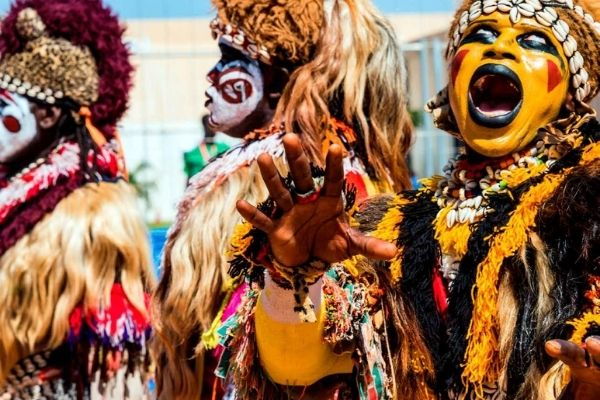
Photo: www.hamajimagazine.com








